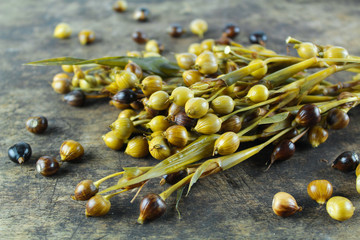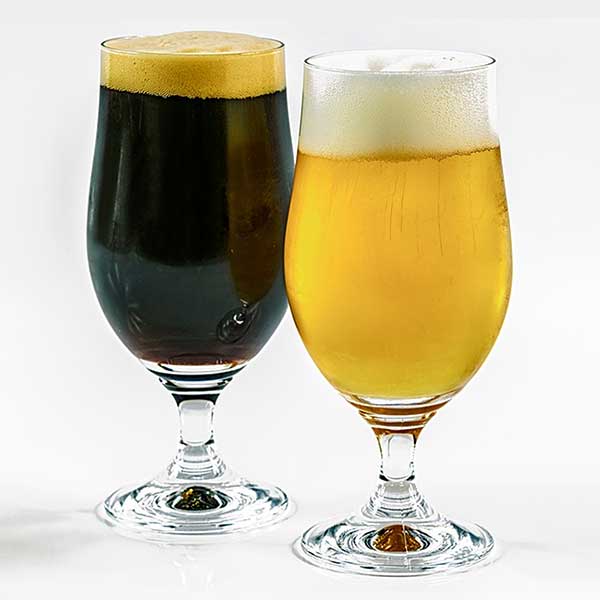Diet and mindfulness therapy can help IBD patients, calls for further research
Feb
4
Another study published by the Iranian Journal of Psychiatry, Tehran University of Medical Sciences, found basic advantages of mindfulness-based stress reduction therapy with emotion regulation on the quality of life and severity in patients IBS (irritable bowel syndrome).
The mindfulness included an increase in metacognitive awareness and employing techniques of one's increased acceptance of thoughts and emotions, rather than emotional regulation.
Seattle Children's Hospital's Dr. Suskind confirms that "we definitely need to focus on increasing the amount of research to better define what diet is the best for which individual and which condition." The Tehran University's test was a limited study of 24 patients and limited controls of patients such as diets, which can lead to inconclusive results. This is based on the July 2018 report, https://www.ncbi.nlm.nih.gov/pmc/articles/PMC6178327/ .
An earlier blog by HerbSprout.com highlights clinical trials done by China Pharmaceutical University scientists pointing to how "Chinese herbs ginseng and coicis seed relieve ulcers, irritable bowel syndrome", https://en.bloguru.com/healthtech/357406/chinese-herbs-ginseng-and-coicis-seed .










